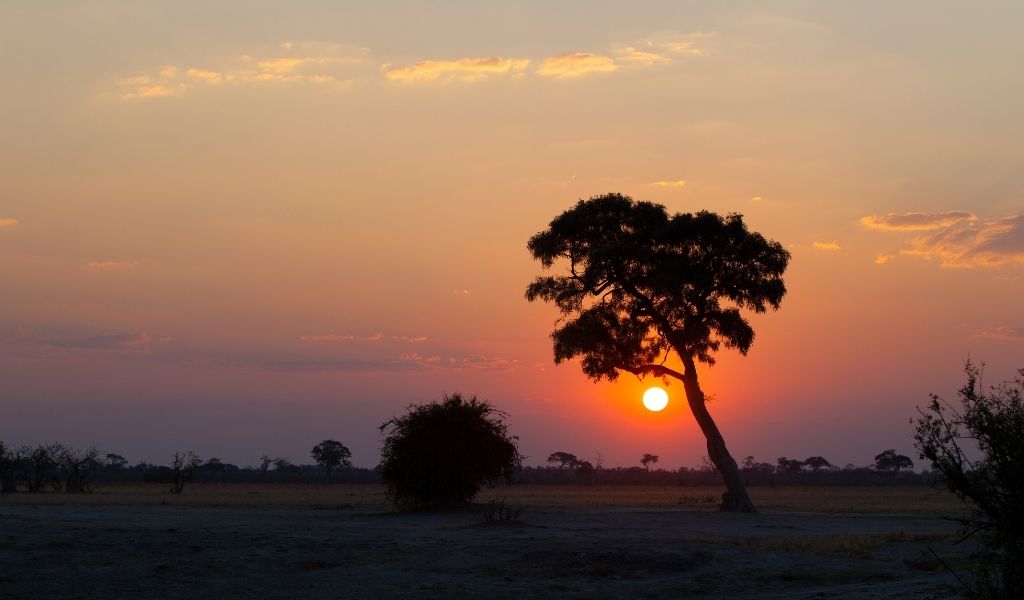Situated in the northwest corner of Botswana, in striking contrast to the surrounding sandveld, you’ll find the Aha Hills. These magnificent hills straddle Botswana and Namibia’s border, just north of the village Xai-Xai. A visit to these mountains means that you get to experience one of Botswana’s cultural sites and a breathtaking national monument all in one day.
Approximately 21,74 miles (35 km) east of the Aha Hills lies the opportunity to explore the Gcwihaba Valley. Here, there are six hills, which make up one half of the Gcwihaba Caves (widely known as Drotsky’s Caves). The other half of these beautiful dolomite caves is situated a further 11,8 miles (19 km) southwest in the Koanaka Hills.
Do you want to know what to expect when you indulge in some Botswana tourism? Strap yourselves in. We’re going to tell you everything you need to know before you make your way to the sensational destinations of the Gcwihaba Caves and Aha Hills.
The Magnificent Aha Hills
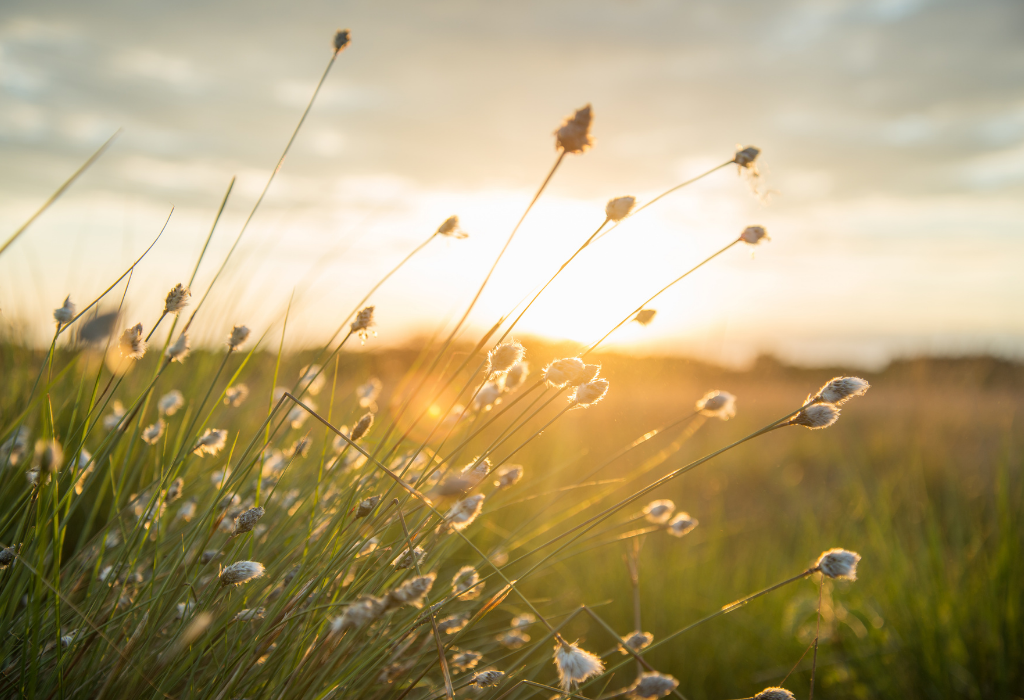
One of the most remote and scarcely-visited destinations in Botswana, the Aha Hills is located near the Okavango Delta. This range of low, rounded hills is absolutely gorgeous. Nothing compares to the view of the sun peeking out from behind the rise.
For the optimistic walker and hiker, bear this in mind. Before you get your hiking gear out, take note that the surface of the Aha Hills is not easy to walk on.
The hills are made of dolomite marble that has been split by weathering into numerous fractures. This creates a hostile, jagged surface, with many loose blocks underfoot.
Aha Hills: What Can You Do?
Their remote nature is one of the many reasons that the hills are so attractive. Just imagine the amazing opportunity to camp next to this natural wonder. But, before you set up your tents, be sure to find the local village and ask permission from the chief before you make camp.
If you have some professional hiking gear handy, you may want to explore the two sinkholes in the area. The local people refer to these as “Waxhu”, which means ” house of God”.
The north Waxhu Cave was first discovered in 1974. It’s approximately 229.66 ft (70 m) deep.
The South Waxhu Cave is also known as the ‘Independence Cave’ because it was first visited on the fifth anniversary of Botswana’s independence. This cave is about 164 ft (50 m) deep.
If you think exploring the hills in this area is something to marvel at, just wait until you find out what lies beneath.
Gcwihaba Caves: A Little History
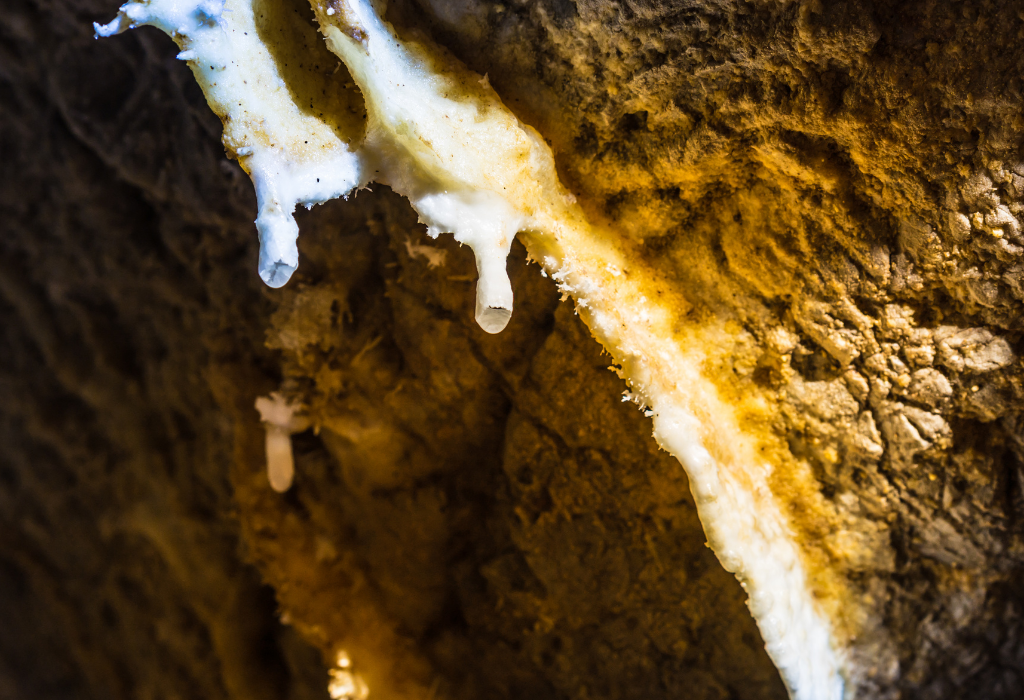
Touring the Gcwihaba Caves is a trip through time in all its petrified majesty. Historians believe the area was inhabited by foraging people thousands of years ago. Archaeological evidence has revealed late stone age tools, burnt ostrich eggshells, animal bones, and even a fossilised primate skull!
Situated on a sand ridge, the cave formations have been part of the Kalahari landscape for almost three million years. In 1932, the Gcwihaba Caves were first unveiled to the European farmer Martinus Drotsky. This fascinated farmer made the logical and modest decision of naming the main cave chamber Drotsky’s Cavern.
Aside from the interesting origin of the cavern’s namesake, the Gcwihaba Caves have also shown intriguing climatic variations since their discovery. The area alternates between extremely wet and extraordinarily dry periods.
The cave system is most noted for its detailed record of the Kalahari environment during the Plio-Pleistocene epoch. The more you know about this area the more likely you are to fall in love with the caves and Botswana itself!
Explore The Intricate Cave System
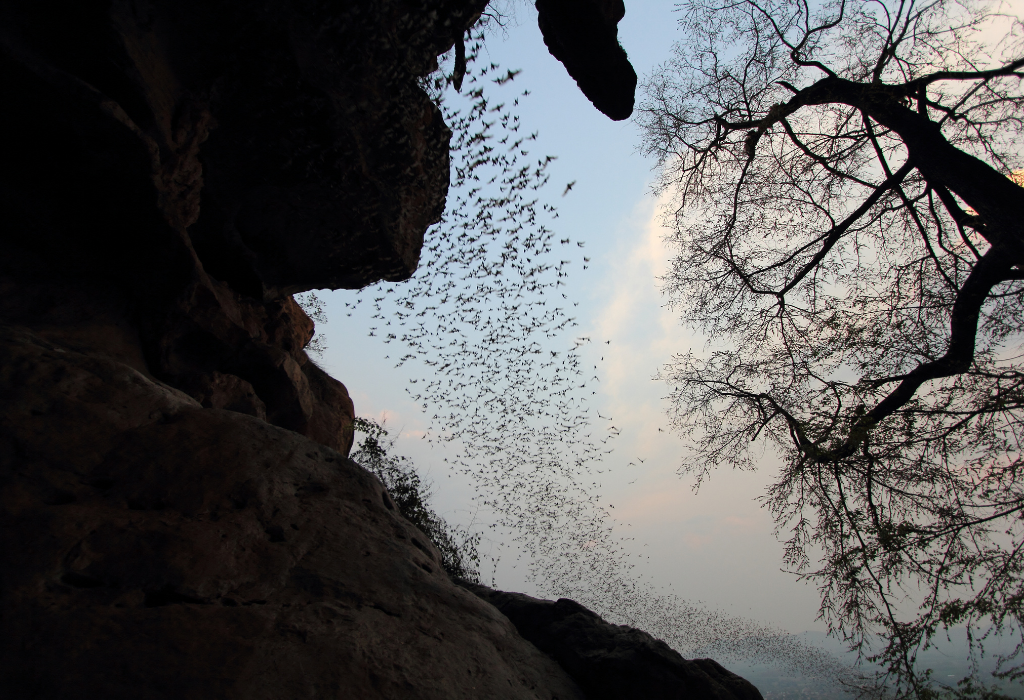
The Gcwihaba Caves are a great pleasure for the modern-day explorer. The diverse rock formations found within each of the six cave systems are examples of exceptional natural beauty. The systems comprise massive stalagmite and stalactite formations as well as an array of spectacular micro-formations of helictites and soda-straw-like tubes.
This fascinating underground labyrinth transforms from sweeping hallways to grand chambers. Some reach up to 32,80 ft (10 m) in height.
In contrast, there are also beautiful narrow passages to admire, all awash with a myriad of subtle colours. This miraculous geographical attraction is truly a peculiar cavern maze of naturally-formed rock.
Continuing with the cave theme, you’ll find two more mysterious natural rock hollows in the Koanaka Hills. These two hollows, the Bone Cave and Blue Cave, contain breccia (lithified sedimentary rock) which exhibits an unusually high density of fossils. This is possibly the richest cave fossil deposit in Southern Africa.
UNESCO World Heritage Site

You may be curious about why these cave systems are being included in our world heritage. The reasons are twofold.
Firstly, the cave formations contain glorious geographical phenomena, unparalleled natural beauty, and great aesthetic importance. Secondly, the caves are an outstanding representation of our planet’s history.
Flora and Fauna
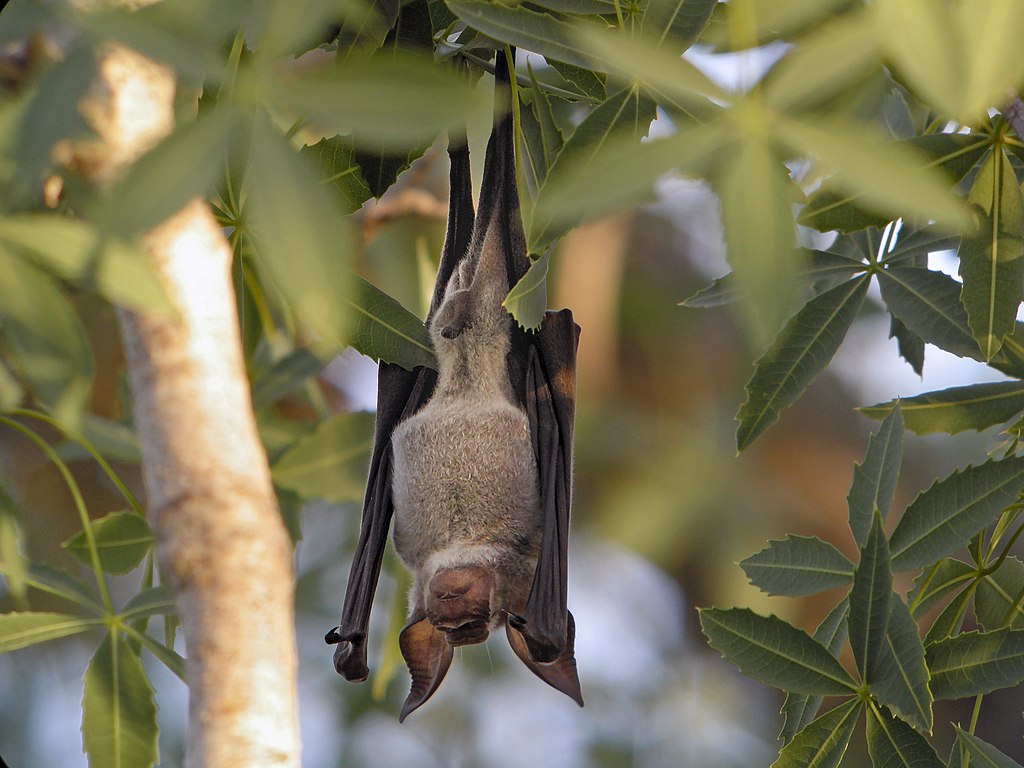
Several Aloe species and the Namaqua fig can only be found in these surrounding areas. The Namaqua fig’s roots are attracted to the humid cave space. These moisture-seeking fig trees form fantastic, natural curtains within the caves.
The Namaqua fig tree is home to the Rüppell’s Parrot, which is unique to only a few areas in Africa. Barn owls and other interesting bird species also have their habitat here.
If you enter from the more commonly used northern entrance of the caves, you’ll likely come across thousands of bats hanging from the cavern’s roof. The most common species are the Commerson’s Leaf-nosed Bat, the tiny Dent’s Horseshoe Bat, and the Egyptian Slit-faced Bat.
Don’t be alarmed by these sinister-looking creatures, they are harmless. The most you can expect is a massive eruption of fleeing bats as they wing their way through the dusky darkness. A remarkable and unforgettable sight!
Book Your Botswana Adventure Today
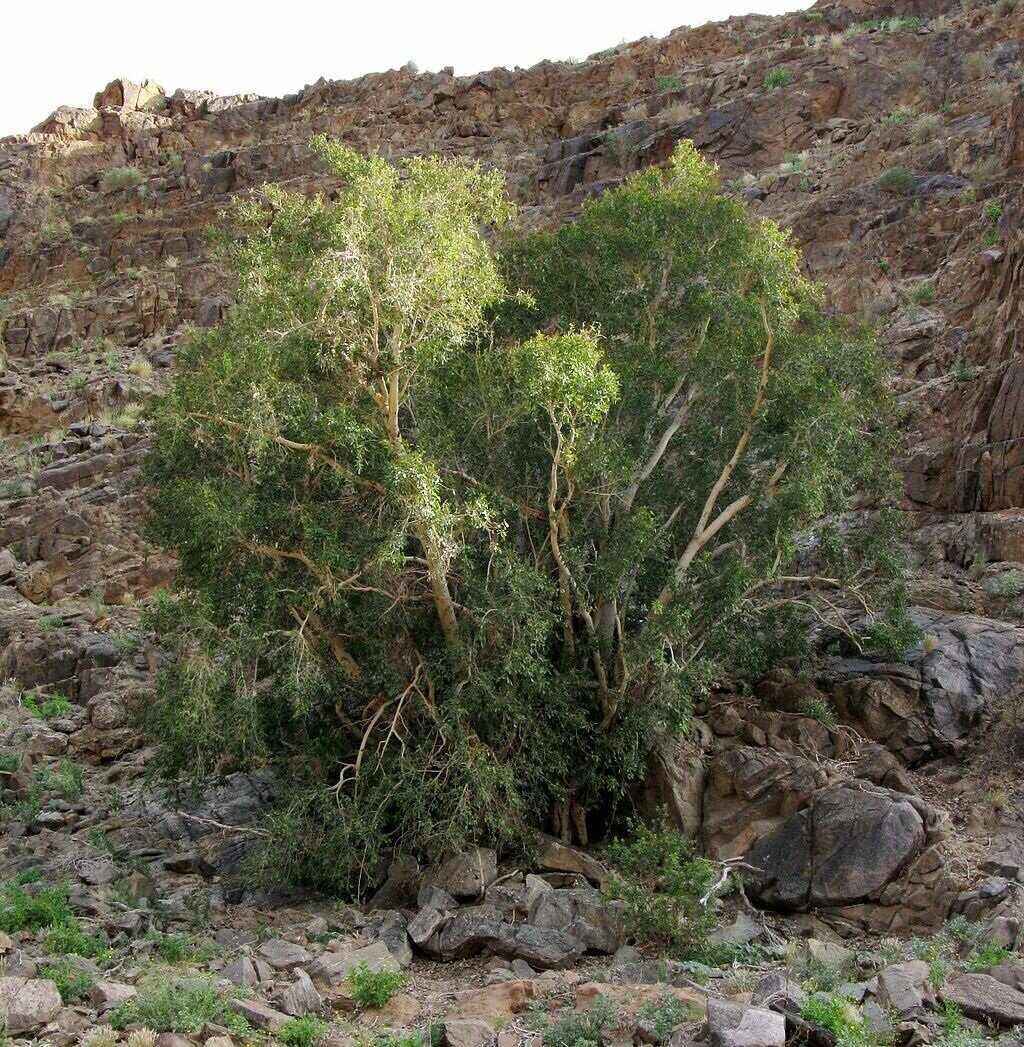
See deeper into the caverns of Botswana’s history. Plan your African safari and visit the Gcwihaba Caves and Aha Hills for yourself!
